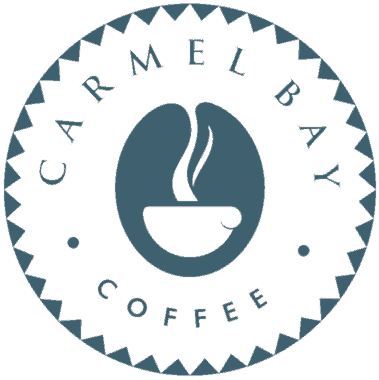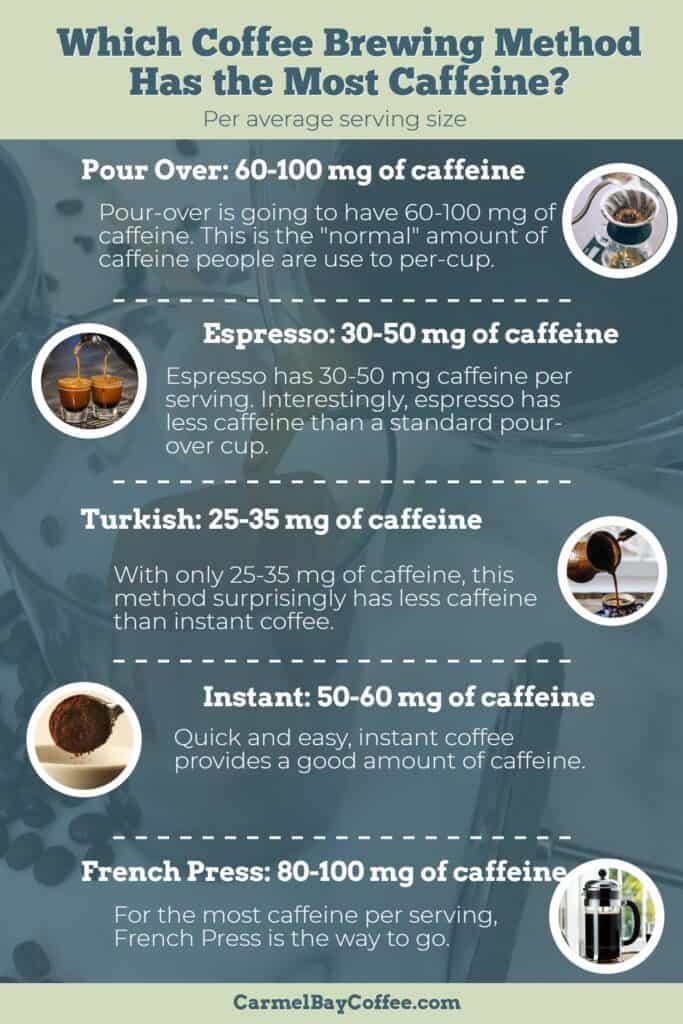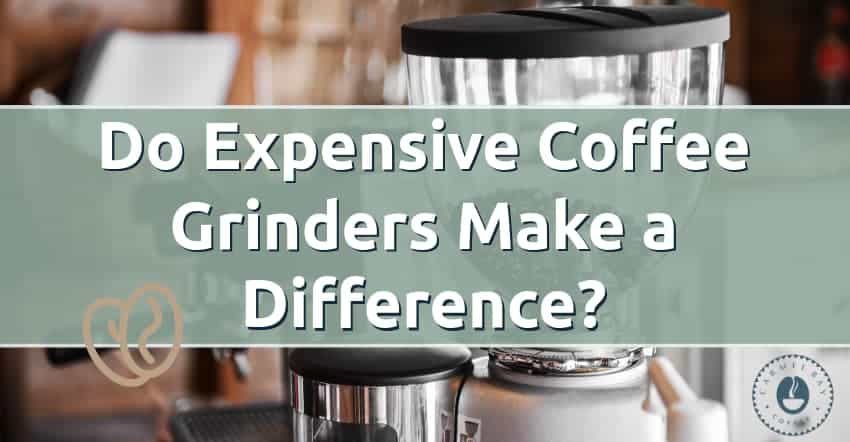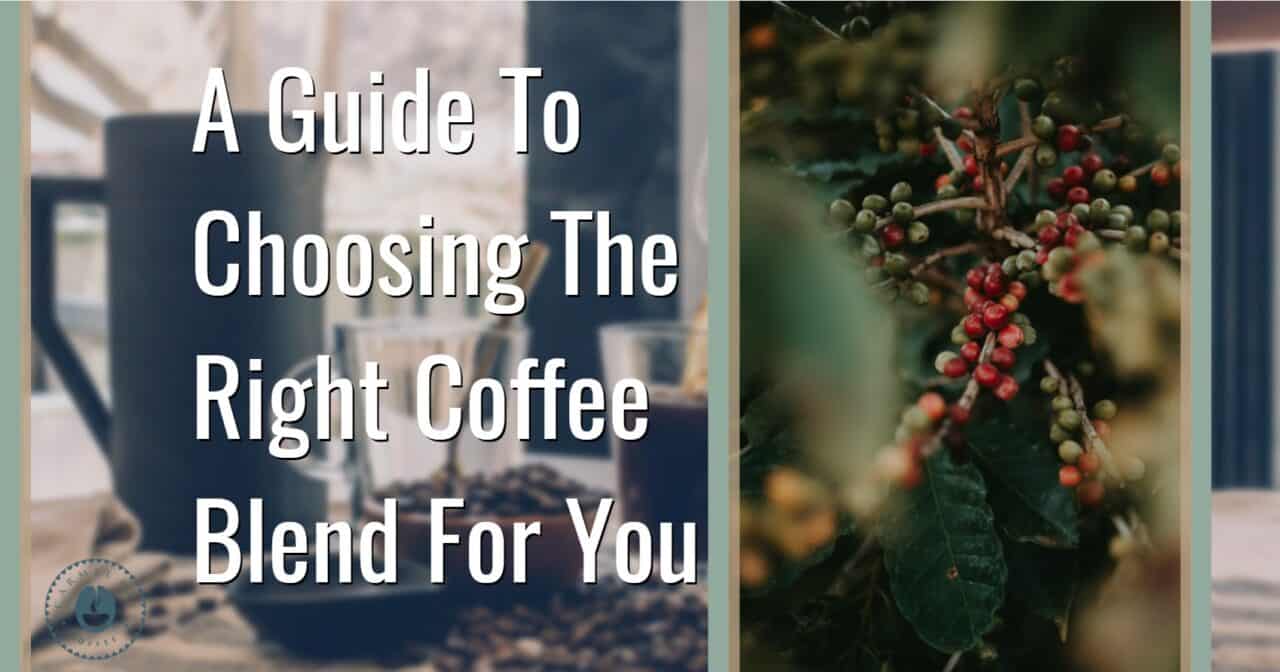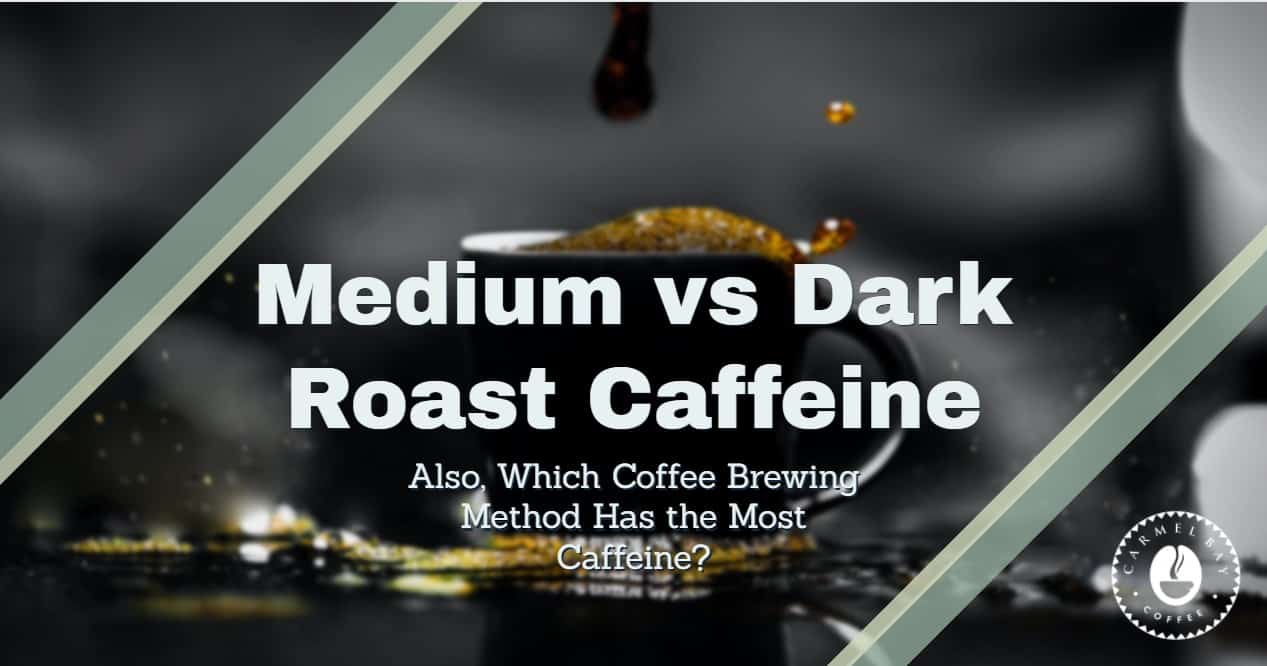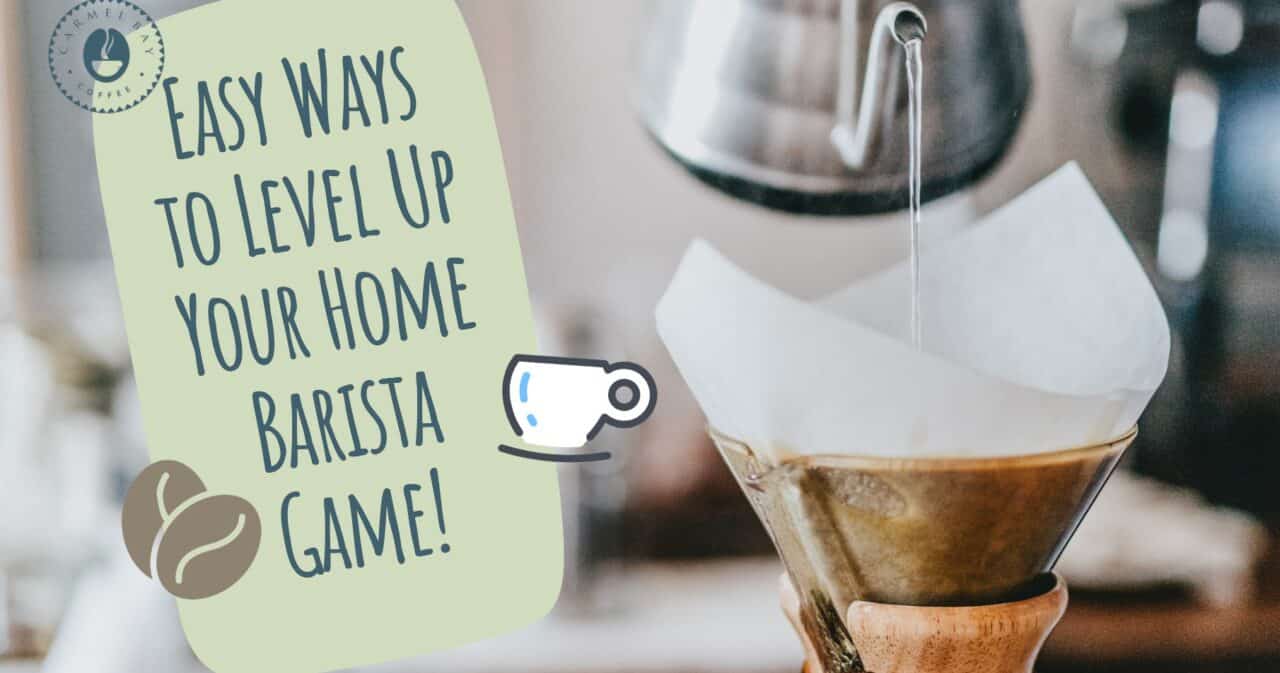Are coffee and espresso really that different? Do you need specific beans or equipment to make espresso? Is espresso stronger than coffee? Does it taste different? Today we’ll find out. Read on to discover the intricacies of coffee versus espresso.
Coffee and espresso are often represented as two sides of a binary argument that espresso is coffee, but coffee is not espresso. Coffee is one thing and is not espresso; espresso is another, but espresso is also coffee. Are you lost already?
Let’s get the facts straight.
- Coffee is a beverage and a category of beverages (“Would you like coffee?” “Sure, I’ll have a latte,” “Yes, I’ll have a cup of coffee”).
- Coffee is a plant (“What type of tree is that?” “That’s a coffee plant – it’s a shrub!”).
- Coffee is a dry good (“Do you have any coffee?” “Yeah, I have beans in the kitchen”).
- Coffee is an industry (“What do you do for work?” “I work in coffee!”).
- Coffee can be espresso.
- Espresso is coffee.
Wait, what!? Coffee can be espresso, and espresso is coffee? Yes! It’s true, and there is definitely overlap between the two. Let’s define the similarities and differences.
Espresso is a method of preparing coffee beans to create a concentrate of the beverage coffee. What does that mean? Coffee beans are used to prepare the beverage espresso. Espresso is not a type of coffee bean but rather a type of beverage. Coffee beans must be prepared in a specific way to be considered espresso.
How Is Espresso Made
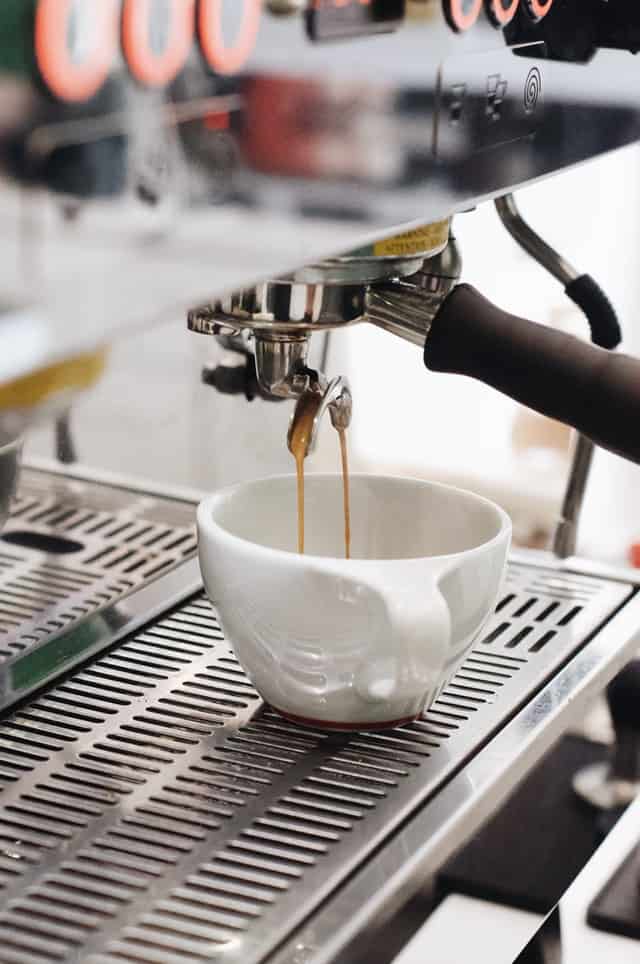
Espresso is a concentrated shot of coffee that is brewed under pressure. Espresso machines have a pump that forces hot water through the finely ground coffee at about 9-10 bars of pressure (that’s about 130 lbs of pressure) in roughly 25-35 seconds, a fast and intense process. The intensity of this process allows for vivid and concentrated flavors to be extracted into the espresso beverage.
An espresso machine is the only way to produce a proper espresso.
There are near-perfect alternatives (and not so perfect alternatives) that mimic espresso but cannot reach the intensity or measure of pressure without the components of a proper espresso machine.
- The best way to mimic espresso at home without an espresso machine is with an Aeropress and the Fellow Prismo attachment.
- Our favorite home espresso machines include the Breville Barista Pro, the Gaggia Classic (much more affordable), and if you have more than a little extra cash lying around, the Nuova Simonelli One. The latter is a professional machine that requires plumbing, and the former two are countertop machines that can be purchased online.
If you’re looking for a great, first-time espresso machine to get your feet wet, take a look at The Gaggia Classic. It’s a great little espresso machine!
Is Espresso Stronger Than Coffee
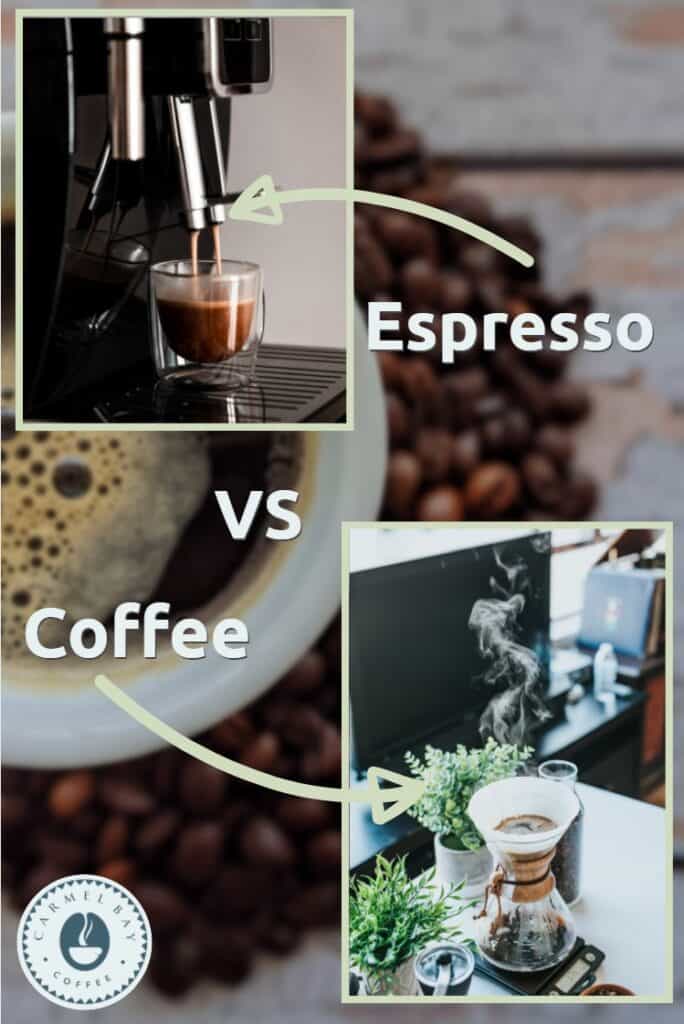
Despite the small size (about 2oz) of espresso, the flavor packs a real punch. This is because espresso is a much higher concentration of coffee to water.
Drip coffee tends to sit at a 1:16 ratio of coffee to water. For example, if you use 1 ounce of coffee, you will use 16 ounces of water to brew that coffee; if you use 20 grams of coffee, you will use 320 grams of water.
Meanwhile, espresso is roughly a 1:2 ratio of coffee to water – 1 ounce of coffee to 2 ounces of water; 18 grams of espresso to 36 grams of water. This ratio yields a much more concentrated beverage which in turn yields a higher concentration of caffeine.
One espresso beverage weighs in at approximately 30-40 grams or about 2 ounces, while drip coffee tends to be served in portions of 8-16 ounces, averaging around 12 ounces.
You receive roughly the same amount of caffeine as you would with one 12 ounce cup of drip coffee in one espresso.
So, Does Espresso Have More Caffeine Than Regular Coffee?
In the ongoing debate of which has more caffeine, espresso, or coffee, the answer is that it depends on where you are getting your coffee. Espresso generally has more caffeine than an Americano (a drink of one shot of espresso and hot water) because it contains less water and a higher concentration of ground coffee beans.
If you’re looking for something with less caffeine to drink in the morning or the late afternoon, try brewing a cup of dark roasted coffee instead.
Dark roasted coffee beans will have less caffeine than lighter roasted beans.
This is because espresso has such a concentrated flavor that you need to use fewer coffee grounds than in other brews to achieve the desired strength, and those beans release their caffeine into your drink more quickly.
If you’re using more ground coffee per cup (like when making a Moka Pot coffee), then there’s a chance it’ll have about as much caffeine as espresso does, or slightly higher if it’s lightly roasted beans; but this will vary depending on how strong you like your taste and adding hot water to your cup.
It’s really all about volume when it comes to how much caffeine in your cup of coffee.
Another factor affecting caffeine content is whether or not milk was added before serving: It lowers the amount of liquid in the final beverage so, again assuming 100% brewed strength, adding milk would mean about 115-130mg of caffeine per standard cup.
Why Does Espresso Taste Different Than Coffee
Espresso tastes very concentrated and full of flavor because it is just that, concentrated and full of flavor! While drip coffee is made with much more water, it still accesses those flavors in a more muted and subtle way.
When you brew coffee as espresso, those flavors are amplified.
Some coffees just aren’t suited for espresso! However, with careful calculations, a lot of practice and craft, and patience, most coffees can come out as a delightful espresso.
Espresso Crema
Crema, also known as foam or head, is the layer of microfoam that floats on top of an espresso. The word crema comes from the Italian for cream. It’s what makes a true-blue espressos taste so great!
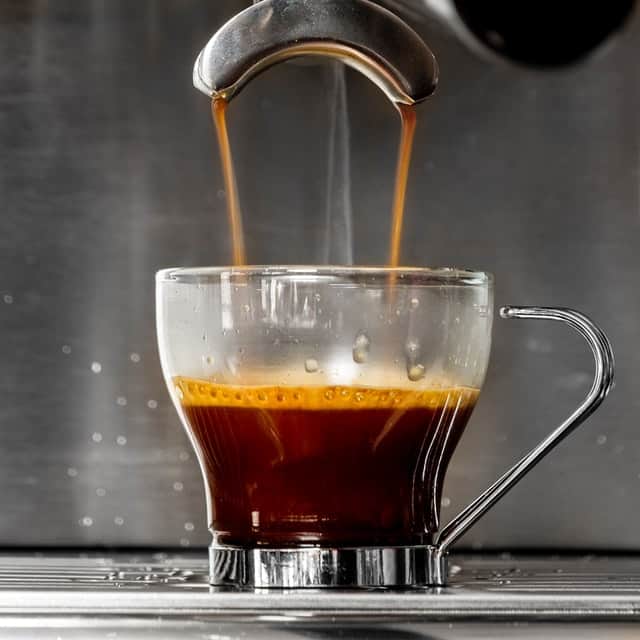
Crema is one of the best things about espresso. It’s creamy in texture, little foamy puff created when hot water emulsifies the espresso coffee bean oils and floats on top of the coffee, with smooth little bubbles.
You’ll need a pump-style espresso machine to make crema. I can kind of make it with my portable hand espresso maker, but it’s not really the same thing as using a real machine.
It’s All About The Grind!
There are a lot of variables that go into making espresso, but one of the most important is how you grind your coffee beans. If the quality of your ground coffee isn’t good, then it doesn’t matter what type or brand you use – the end product will never be as good as it could be.
So, let’s talk about grinding coffee for espresso and why it is so important to do it correctly.
The oils in the beans are what make espresso so delicious, and if you grind your coffee too far ahead of time, those oils start to dissipate. They is way you’ll want to avoid buying pre-ground coffee, it will go stale faster.
The best coffee grinder that will give you the most control is a burr grinder. This will let you choose how fine or coarse your grounds will be. Different styles of making coffee require different size grounds. For espresso, we want extra fine when compared to the French press, which requires coarse grounds.
I used to use a blade grinder, but they don’t get full control over your grind. If you’re not sure which type of grinder to get, I would recommend a burr coffee grinder. Burr grinders are more expensive than blade, but you might end up buying a burr grinder anyways when you want more control over your coffee grounds.
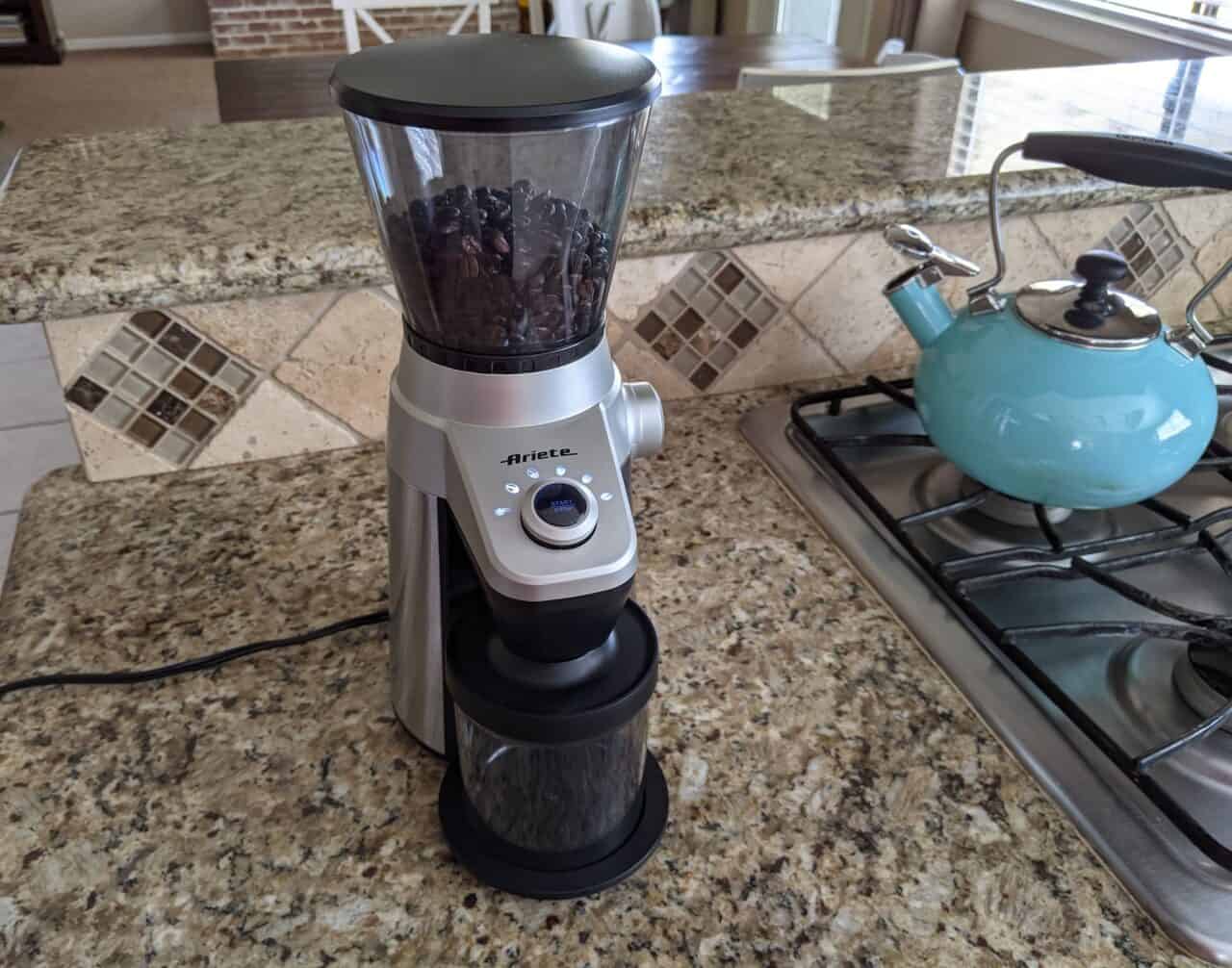
The above picture is the burr grinder that I use. I did a ton of research and decided on this one because it wasn’t outrageously priced while still performing well. If you want to see all the features, you can check that out here.
If you’d like to see the price comparison between blade and burr, this is the blade grinder I’ve had for years.
For a deep comparison of coffee grinders, check out our article, Do Expensive Coffee Grinders Make a Difference?
What Coffees Can You Use As Espresso
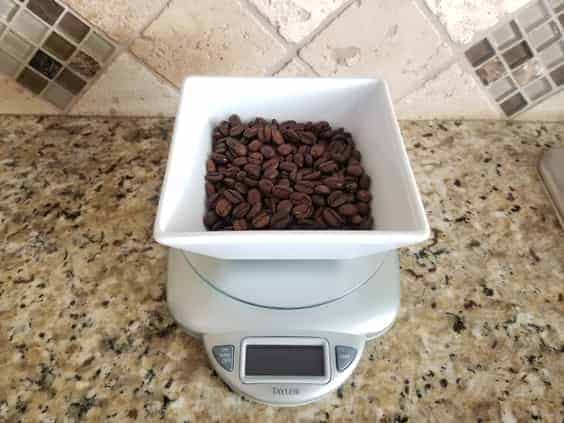
Any coffee can be brewed with an espresso machine to make an espresso – whether or not that espresso will taste good is another story altogether.
To clarify, espresso is reliant on the brewing process – genuine espresso must be brewed under pressure with an espresso machine. Any bean can be finely ground, dosed out, and undergo the espresso machine brewing process. Nevertheless, some coffees are better suited for that process.
Choosing a coffee specifically for espresso requires careful thought and taking a little leap of faith. Generally, we aim for coffees with the following characteristics:
Espresso Blends
Coffee blends are a reliable choice for those brewing espressos at home or just starting their professional espresso journey.
Blends can be split into three major categories: blends made up of the same coffee at two or more roast levels; blends of coffees from one region and of one processing method but different farms; or blends of two or more different coffee of different processes and/or regions.
Generally speaking, blends are more forgiving flavor-wise as they are created with balance in mind. Other coffee brings additional flavor notes together to create a well-rounded and pleasing cocktail of flavors.
If you’d like to dive deeper into coffee blends, check out my article, A Guide To Choosing The Right Coffee Blend For You.
Medium to Dark Roasts
While light roasts are delicious through pour-over or automatic drip, they are not always suited for brewing espresso (see “Why Does Espresso Taste Different Than Coffee”).
We recommend trying medium to dark roast coffees as they tend to display classic and comforting notes of chocolate, brown sugar, red fruit, and toasted marshmallow. Some coffees are explicitly marketed as espresso beans; this can be a great place to start!
Please note that, again, espresso can be made with any coffee. Any bean marketed as an espresso bean is simply a recommendation – it can still be brewed as drip and/or espresso.
I share the difference between medium and dark roasts in this in-depth guide.
Well-Rested
Well-Rested. Since espresso machines are so intense with their brewing process, we don’t want coffee just roasted. The reason is that coffee straight from the roaster is still recovering from the roasting process.
When brewing under pressure, these beans will give out unpredictable flavors (think of coffee within a week of roasting as the “teenagers of coffee” – they act out). In order to give the roasted coffee time to recover on a particle scale, we recommend using coffee beans that are ten days or older when brewing for espresso.
Rich Espresso Flavors
Rich Flavors. Rich flavors include chocolate, dark fruit such as black currant or plum, sweet jammy notes including cherry pie and dates, as well as the nuttiness and smokiness of the coffee.
We want to aim for these flavors because they will fair well during the espresso brewing process and amplify into delicious rich tasting notes. (In contrast, bright flavors like lemon, green apple, pineapple, and similar may not translate well from drip to espresso due to the amplification of flavors during the espresso brewing process.
Carmel Bay Coffee’s Top Espresso Picks
While the above criteria are a fantastic way to find the coffee best suited for espresso, we can’t help ourselves when it comes to coffee, and so we have compiled a list of our favorite coffees that are best for espresso.
Verve Sermon Blend $16
We love Verve here at Carmel Bay Coffee, and Verve’s Sermon Blend is proof enough of their ability to roast incredible coffee, whether it’s a blend or single origin. Notes of blueberry and dark chocolate make this coffee ideal for espresso lovers.
Caffeine and Green Issa Blend $16
Small-batch San Diego based specialty roaster, Caffeine and Green, presents the solid and powerful ISSA BLEND. Chocolatey and rich, perfect for cold mornings that require a little extra oomph to get your day started.
Intelligentsia Black Cat Espresso Blend $16
Intelligentsia rarely roasts their coffee dark, but when they do, it’s something special. The Black Cat Espresso Blend is a great offering and is available through many outlets – including Target.
Stumptown Holler Mountain $16
Stumptown’s Holler Mountain blend has been around for a while. Full-bodied and organic, this solid blend of coffees from a well-known specialty roaster brings out chocolate-covered raisin vibes.
PT’s Coffee Southpaw Espresso $16
A little lighter and a bit more adventurous than the rest, this blend from PT’s in Kansas shines with a hint of peach, marshmallow, and brown sugar flavors. Definitely, an exciting espresso to start your day!
Why Is Espresso More Expensive Than Regular Coffee
Espresso is more expensive than regular coffee because of the cost of a machine. Espresso machines are usually around $200 to $400. They are a great investment, but they also have a bit of a learning curve to them. After some trial and error, you’ll get the hang of it and start making great-tasting drinks.
If you decide to buy an espresso machine, it will open up a whole new world of new drinks you can make at home for yourself and your guest.
To help you along with making the best coffee drinks at home, make sure to check out my guide on how to level up your home barista game.
